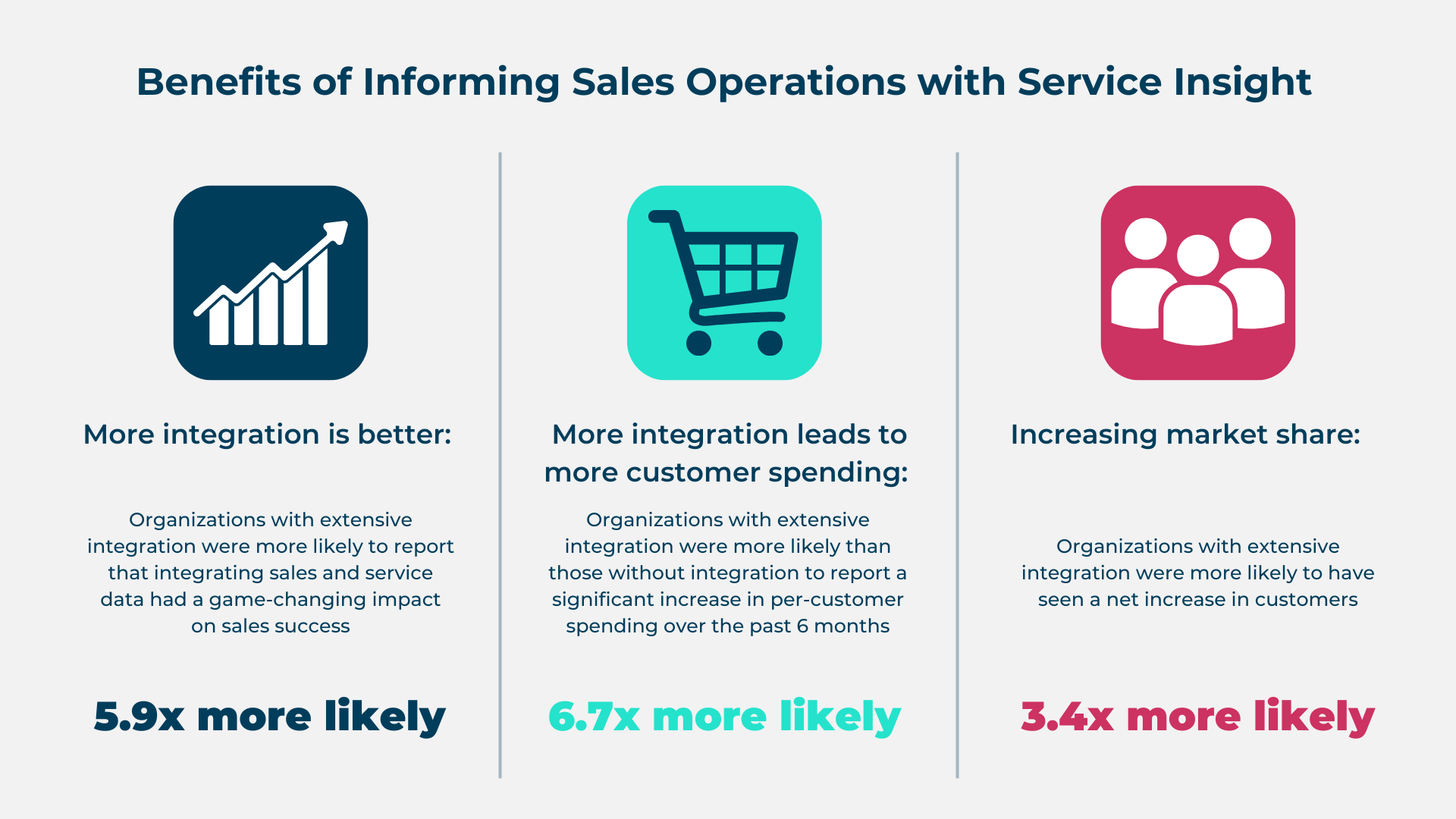For years, businesses have been split into silos—sales teams working to close deals, while customer experience (CX) teams focus on solving problems and keeping customers happy. But this old-school way of working just doesn’t cut it anymore. Consumers expect smooth, personalized experiences that tie together everything from before the sale to after it.
For scale-ups, where every move counts, not aligning sales and CX can be a huge missed opportunity. As these companies grow, keeping sales and CX in sync is key. Otherwise, customers get a bumpy, fragmented experience that can make it hard to stand out in a crowded market.
Research from CB Insights shows that 23% of startups fail because of team disharmony, often because sales and CX aren’t on the same page. And HubSpot found that startups with aligned teams grow 27% faster. With more competition than ever, startups and scale-ups need to get this right if they want to succeed.
Customer expectations are evolving, too. PwC found that 73% of customers care more about their experience than the product or price. And according to Forrester, businesses with strong CX-sales alignment grow revenue 19% faster and enjoy 15% higher profitability. So, if you’re a scale-up looking to stay ahead, aligning these two areas is more than just a good idea—it’s a must.
But getting CX and sales to work together isn’t always easy. There are silos, skill gaps, and growing pains as companies scale. Startups may need to build integrated systems from scratch, while scale-ups may have more structure but still struggle to keep things aligned as they grow.
This article will dive into why aligning CX and sales is critical for scale-ups, the challenges they face, and some real-world strategies for overcoming those hurdles to keep growth on track.

The alignment between sales and customer support is vital for ensuring that customers receive consistent, personalized experiences throughout their journey. When sales teams and CX teams collaborate closely, they can:
In a growing business, every customer touchpoint matters. When sales and customer support teams work together, they improve customer satisfaction by ensuring a continuous feedback loop that enhances overall service delivery.
Misalignment between sales and CX can have significant repercussions. Common risks include (of course not seeing the advantages mentioned above, but also):

Oh, and we don’t want to add any FOMO to alignment, but based on Zendesk’s research (based on 3450 line-of-business decision makers), organization with extensive integration were 6.7x more likely than those without integration to report a significant increase in per-customer spending over the past 6 months.
Additionally, 89% of organizations extensively integrating sales and service have seen a significant impact on sales success (and 47% describe the impact as game-changing).
While scale-ups generally have more refined systems and processes than startups, they still hit a few bumps in the road that hinder the seamless integration of sales and CX:
As scale-ups expand, even well-established processes can face stress tests:
Even with advanced CRM systems such as Salesforce, data silos are a persistent problem. Sales teams often focus on lead conversion, while CX teams prioritize retention, leading to a disconnect in priorities. This results in lost opportunities, such as:
For scale-ups expanding internationally, aligning sales and CX requires additional attention to regional differences, including:
Aligning CX and sales delivers several benefits that are especially important as scale-ups aim to accelerate their growth:
It’s often more cost-effective to retain existing customers than to acquire new ones. According to the Harvard Business Review, acquiring a new customer is 5-25 times more expensive than retaining an existing one. By aligning sales and CX, scale-ups can:
Effective CX-sales alignment enables companies to identify upsell and cross-sell opportunities. Gartner reports that upselling increases revenue by an average of 30%. When CX teams share insights with sales, they can:
Personalized experiences are essential for customer retention. PwC found that 73% of consumers consider experience more important than price or product features. CX and sales alignment helps scale-ups deliver personalized solutions to a growing customer base by:

The first step in aligning CX and sales is defining shared KPIs that represent the entire customer lifecycle. Key metrics include:
Scale-ups should leverage technology to facilitate seamless integration between CX and sales. Platforms such as AI-powered CRM systems (e.g., Gong) and integrated tools like Salesforce allow:
Creating a feedback loop between sales and CX is essential for continuous improvement. This involves:
Cross-functional training can help sales and CX teams understand each other’s priorities and challenges. For example:
For scale-ups, outsourcing is not about fixing broken processes—it’s about unlocking growth opportunities (aka scaling smarter!). Outsourcing allows businesses to refine their existing operations while focusing on strategic initiatives. For instance:
In short: outsourcing experts are dedicated to aligning all these key business areas, freeing you to focus on what matters most—growth.
One of the world’s largest providers of enterprise resource planning (ERP) software, specializing in accounting, payroll, and payment systems, was grappling with seasonality and rapid growth. Struggling to manage operations in-house, the company sought to outsource its customer support and B2B sales, including lead generation.
They also needed multilingual support in French, German, and English, along with specific requirements for the outsourced team, including SaaS expertise, native language proficiency, and alignment with their core values.
In response, we rapidly built a team of over 200 professionals across South Africa, Morocco, and Germany, ensuring continuous sales and product training, as well as technical skills assessments for every team member.
The results were outstanding:
For scale-ups, aligned CX and sales functions deliver measurable results:
For scale-ups, achieving CX-sales alignment is about more than operational efficiency—it’s about creating a foundation for sustained growth. By refining processes, investing in technology, and leveraging strategic outsourcing, scale-ups can unlock their full potential.
As your scale-up grows, remember: the best customer journeys are built on collaboration. With CX and sales working as one, scale-ups can turn every interaction into a growth opportunity—and every customer into a champion.